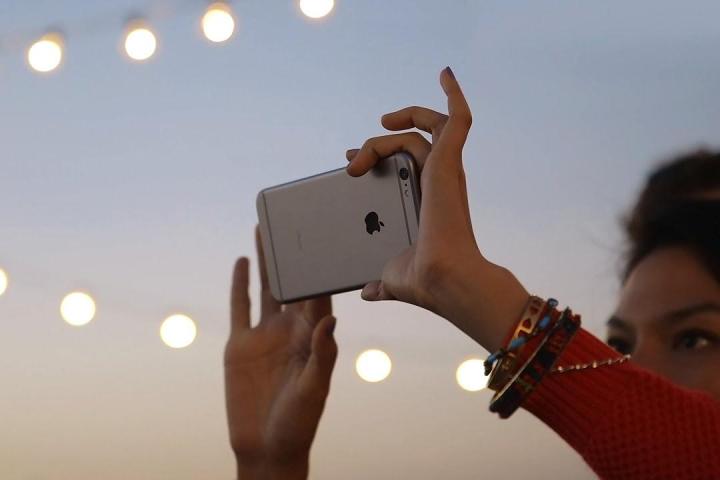
However, a brand new tip from the usually reliable Mark Gurman at 9to5Mac says that the iPhone 6S and iPhone 6S Plus are going to come with an upgraded version of the Force Touch tech we’ve seen up until now. It’s apparently called “3D Touch” and it brings with it the ability to recognize three levels of pressure rather than the existing two: a tap, a press and (the new one) a longer press.
For the uninitiated, Force Touch adds an extra level of sensitivity to a touchscreen (or a trackpad) so a device can understand how much pressure you’re applying: it gives developers new options in terms of user interface choices, menus and so on, which can prove very helpful when you’re working on a small mobile display without much room to spare.
9to5Mac provides some examples of how Force Touch could be used to save extra on-screen taps: To launch turn-by-turn directions, to add songs to playlists, to jump into a specific screen inside an app or to preview a webpage in Safari. It’s a bit like a right-click on Windows — it opens up the opportunity to provide additional context-sensitive options to the user and complete actions more quickly.
Gaming is another area where Force Touch (or 3D Touch) could make a real difference. We’re expecting to see Apple unveil its new set of iPhones on Sept. 9 in San Francisco, and a separate report from AppleInsider says more microphones will be added to the devices for better voice call quality. Industry insiders are predicting the appearance of an iPad Pro and a new version of the Apple TV on Wednesday too.
Editors' Recommendations
- Here’s how iOS 18 is going to overhaul your iPhone’s email app
- iOS 18 may fix one of my biggest issues with the iPhone
- Google is making it easier to ditch your iPhone for an Android phone
- The iPhone 16 Pro may set a new record for smartphone displays
- The iPhone’s new AI features may come with a gigantic catch


